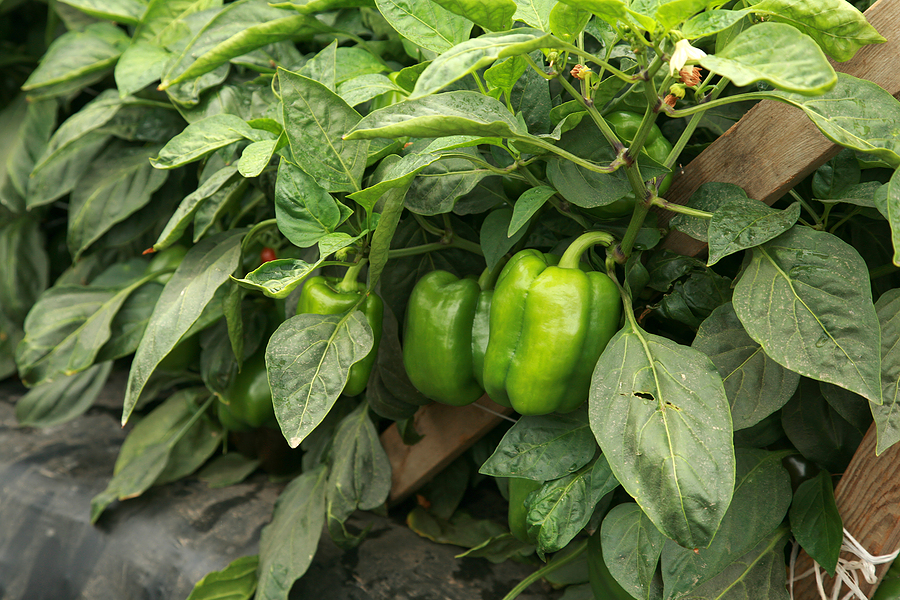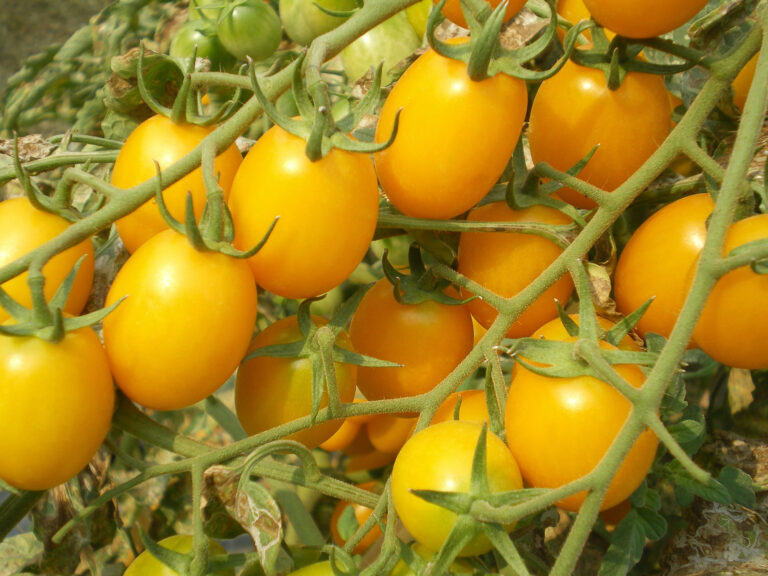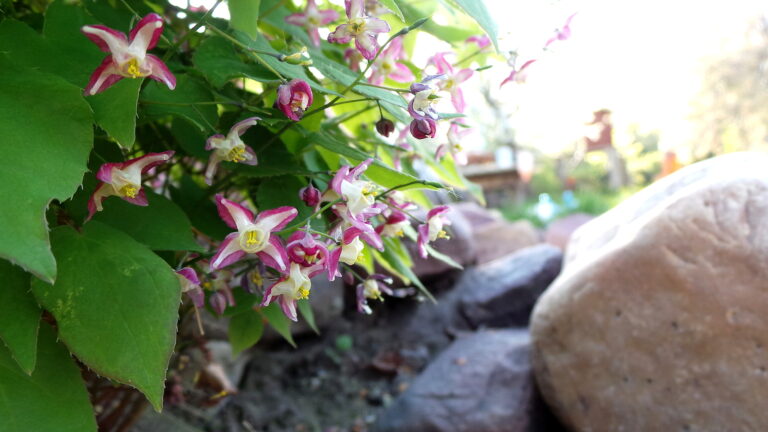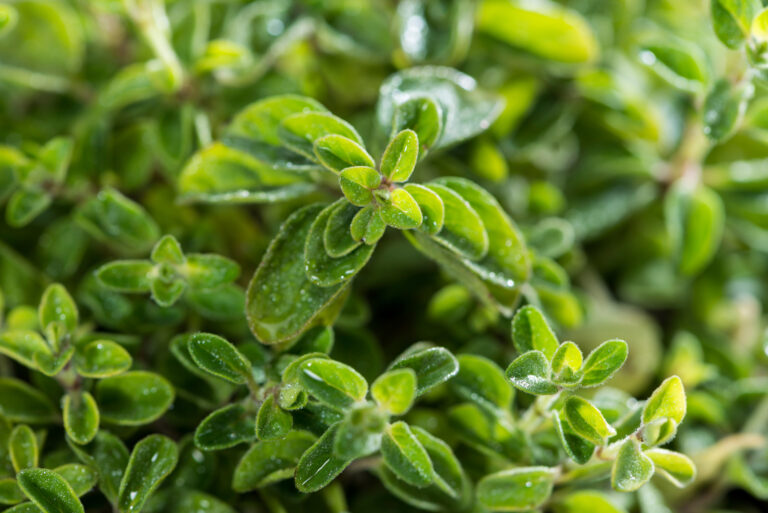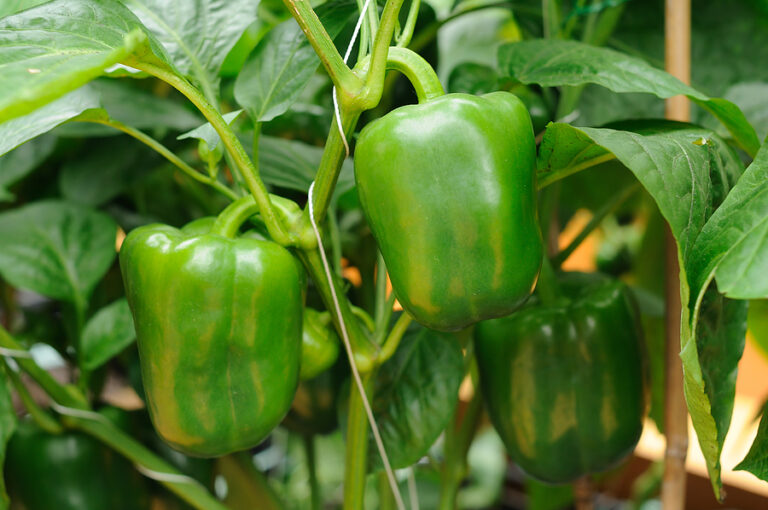Pruning Pepper Plants for Healthier Growth and Bigger Harvests
As a seasoned gardener who has grown countless pepper plants over the years, I’ve learned that pruning can be one of the most effective ways to boost plant health, improve fruit production, and increase overall yield. When I first started growing peppers, I didn’t give much thought to pruning, and while the plants grew, they didn’t reach their full potential. It wasn’t until I started pruning my pepper plants strategically that I noticed a significant improvement in both the quantity and quality of my harvests.
Pruning pepper plants can sometimes feel intimidating, especially if you’re new to gardening or growing peppers. But don’t worry—pruning is a simple practice that, when done right, can lead to healthier plants and more abundant crops. In this guide, I’ll share what I’ve learned about how to prune pepper plants, drawing on both my personal experiences and expert gardening advice. This will help you understand why pruning is important, how to do it effectively, and when to prune for the best results.
Why Prune Pepper Plants?
Before diving into the “how,” let’s first talk about why pruning pepper plants is important. Over the years, I’ve discovered that pruning helps with a variety of essential tasks, including:
- Promoting Better Airflow: Pruning removes overcrowded branches, improving airflow around the plant. Good airflow is essential for preventing diseases like mildew and fungal infections, which thrive in humid, stagnant environments.
- Encouraging Stronger Growth: By cutting back on excess foliage, you allow the plant to focus its energy on developing strong stems and producing more fruit. In fact, pruning can help encourage lateral branching, which leads to more flowers and peppers.
- Improving Sunlight Penetration: A well-pruned plant has fewer leaves blocking the light, allowing sunlight to reach the inner parts of the plant. This ensures that the entire plant gets the energy it needs to grow and produce.
- Increasing Fruit Yield: Regular pruning encourages pepper plants to focus their energy on producing fruit rather than spending resources on excessive foliage growth. This often leads to bigger and better peppers.
- Maintaining Plant Shape: Pruning helps keep pepper plants compact and bushy, making them easier to manage. It’s especially useful if you’re growing peppers in containers or smaller spaces.
When to Prune Pepper Plants
The timing of pruning is crucial, and I’ve found that the best times to prune your pepper plants are:
- Early in the Season (Spring): When your pepper plants are still young, it’s a good idea to prune them to promote bushy growth. At this stage, you can pinch off the top growth of the plant when it’s about 6-8 inches tall. This encourages the plant to develop lateral branches and a stronger base, rather than just growing tall and spindly. By pruning early, you create a healthier, more robust pepper plant from the start.
- Throughout the Growing Season (During Active Growth): As the plant matures, you can continue to prune to remove dead or damaged branches and leaves. You can also trim back any excess growth that might be hindering airflow or sunlight penetration.
- Before Harvesting: In late summer or early fall, as your pepper plants start to bear fruit, you may need to do some final pruning to focus energy on ripening the fruit. Cut back any excess foliage that could be blocking sunlight from reaching the peppers.
Tools You’ll Need for Pruning
Having the right tools is important for successful pruning. Here’s what I recommend based on my years of experience:
- Sharp Pruning Shears: A pair of sharp, clean pruning shears is essential for making precise cuts. I always make sure my shears are sharp so that I don’t damage the plant.
- Garden Scissors or Snips: If you’re doing light trimming or cutting smaller stems, garden scissors or snips can be handy.
- Disinfectant: It’s crucial to keep your tools clean to avoid transferring diseases between plants. After pruning, I always disinfect my shears with rubbing alcohol or a mild bleach solution to prevent cross-contamination.
Step-by-Step Guide on How to Prune Pepper Plants
Pruning pepper plants is a straightforward process, and with the right approach, anyone can do it. Here’s a step-by-step guide to help you prune your plants effectively:
1. Start with Clean Tools
Before pruning, always ensure your tools are clean and disinfected. This helps prevent the spread of plant diseases and keeps your plants healthy.
2. Pinch Off the Top of Young Plants
For young pepper plants, once they’re about 6-8 inches tall, pinch off the top 1-2 inches. This encourages lateral growth and helps the plant become bushier. I’ve found that this simple step can really make a difference in the plant’s overall structure.
3. Remove Dead or Damaged Growth
Throughout the growing season, regularly inspect your plants for dead or damaged branches. Remove these immediately to keep the plant healthy and to prevent any disease from spreading. If you see leaves that are yellowing, brittle, or diseased, cut them back to the main stem to help keep the plant strong.
4. Cut Back Overcrowded Branches
If your plant is becoming too crowded with branches, prune some of them back to allow better airflow and sunlight penetration. I usually focus on cutting back the interior growth that is blocking light from reaching the center of the plant. Be careful not to cut too much, as removing too many leaves can stress the plant.
5. Trim Back Unproductive Stems
If you have any stems that are not producing fruit, trim them back to redirect energy to the productive parts of the plant. I often find that cutting back these stems can help the plant focus on producing more peppers.
6. Harvesting While Pruning
As you approach harvest time, you may want to trim some of the smaller stems to allow the larger peppers more space to grow. This helps the plant direct energy toward the ripening peppers, resulting in better fruit.
Tips for Pruning Based on Plant Size and Type
- Container Grown Plants: If you’re growing peppers in containers, pruning becomes even more important to ensure the plant doesn’t become too large for the pot. Prune to maintain a compact shape, and trim back excessive growth to avoid over-crowding.
- Tall vs. Bushy Plants: If you’re growing taller varieties of peppers (like Anaheim or Long Hots), you may want to prune them to promote lateral branching and keep the plant manageable. For bushy types (like bell peppers), focus on removing dead branches and thinning out the interior to improve airflow.
Common Pruning Mistakes to Avoid
As a gardener with years of experience, I’ve learned a few common mistakes to avoid when pruning pepper plants:
- Pruning Too Much: It’s tempting to trim back a lot of growth, but removing too many leaves or branches can stress the plant and stunt its growth. Always leave some healthy foliage to ensure the plant has enough energy to thrive.
- Pruning Too Late: Pruning too late in the season, especially as the plant is beginning to flower and fruit, can negatively impact yield. Make sure to prune earlier in the growing season to encourage strong growth and plenty of fruit.
- Not Disinfecting Tools: Using dirty tools can introduce diseases to your pepper plants. Always clean and disinfect your tools before and after use.
Roundup Summary
Pruning pepper plants is one of the most effective ways to improve plant health and boost your harvest. By following the steps outlined above and avoiding common mistakes, you’ll ensure your plants grow strong, produce more fruit, and stay healthy throughout the season. I’ve seen the benefits firsthand—pruning has become a vital part of my gardening routine. Whether you’re a seasoned gardener or just starting out, proper pruning can make a world of difference in the success of your pepper plants. Happy gardening!
Peppers Growing Hub
Hot pepper articles:
- How to Plant and Grow Hot Peppers: A Gardener’s Guide to Spicy Success
- How to Grow Hot Peppers in Containers: Tips for Small Spaces
- Best Hot Pepper Varieties to Grow for Salsas, Sauces, and Drying
- How to Increase the Heat of Hot Peppers Naturally
- Pepper Plant Problems, Pests, and Diseases—How to Fix Them
- When to Harvest Hot Peppers for Maximum Heat
- How to Preserve Hot Peppers: Drying, Fermenting & Pickling
- Five Ways to Cook and Serve Chili Peppers
- How to Handle Hot Peppers Without Burning Your Skin
Sweet pepper articles:
- How to Grow Sweet Peppers: A Gardener’s Guide to a Bountiful Harvest
- Best Sweet Pepper Varieties to Grow
- Pepper Seed Starting: Proven Method for Strong, Healthy Plants
- When and How to Transplant Pepper Seedlings Outdoors
- How to Water & Fertilize Sweet Bell Peppers for Maximum Yield
- Pruning Pepper Plants for Healthier Growth and Bigger Harvests
- 7 Tips for Growing Peppers in Pots
- Six Tips to Grow Peppers for Flavor
- How to Harvest Sweet Peppers for the Best Flavor
- 10 Steps to Grow a Bumper Pepper Crop
- Mid-Season Pepper Problem Cures
- Pepper Plant Problems, Pests, and Diseases—How to Fix Them
Books to help you grow:

